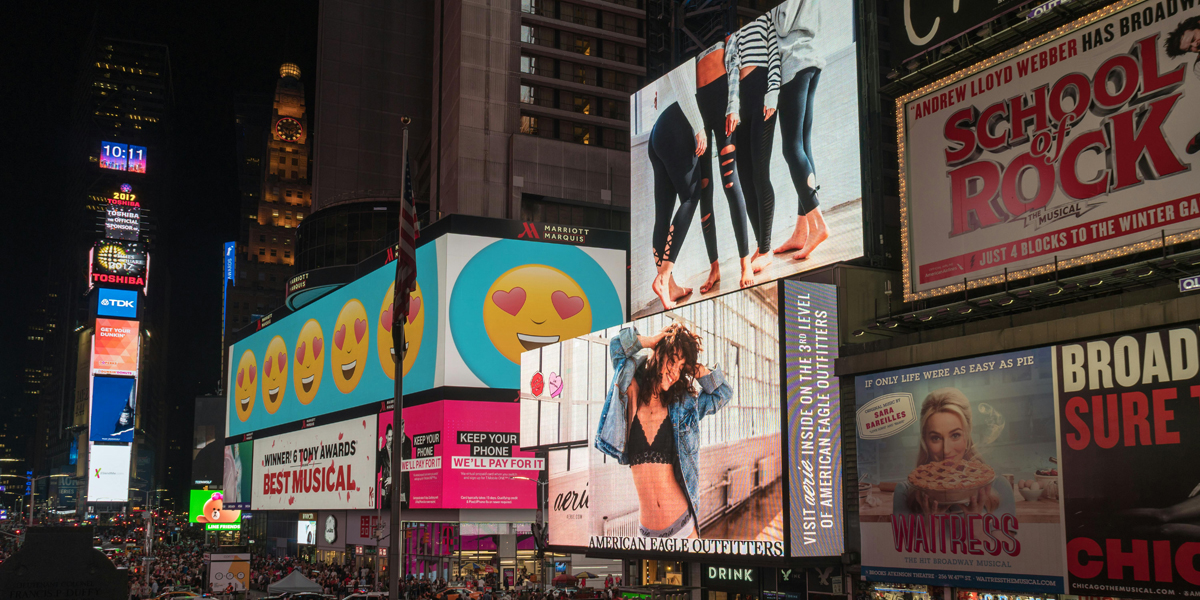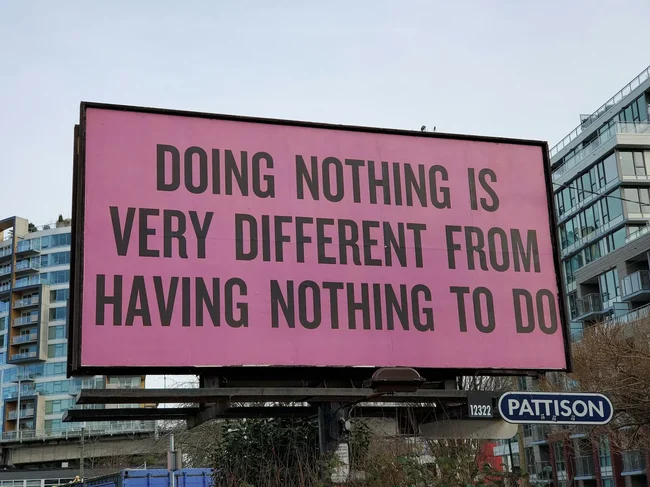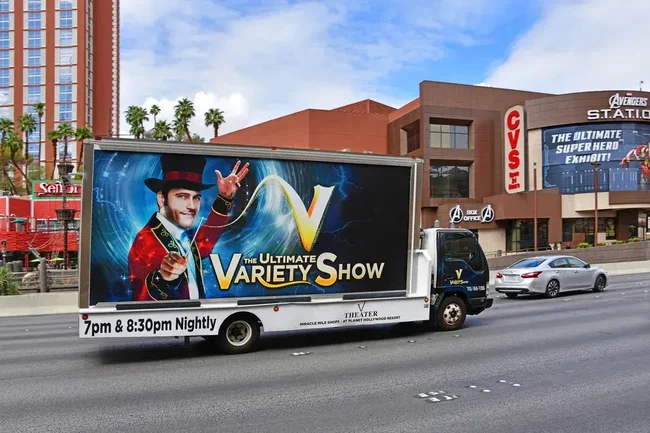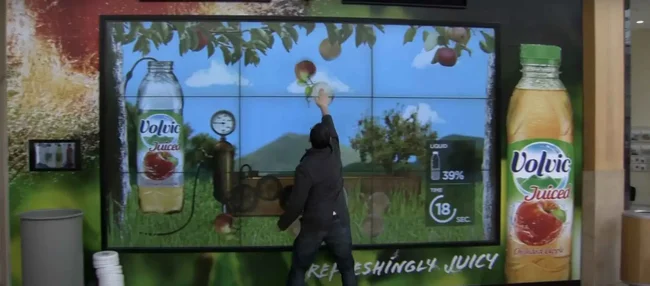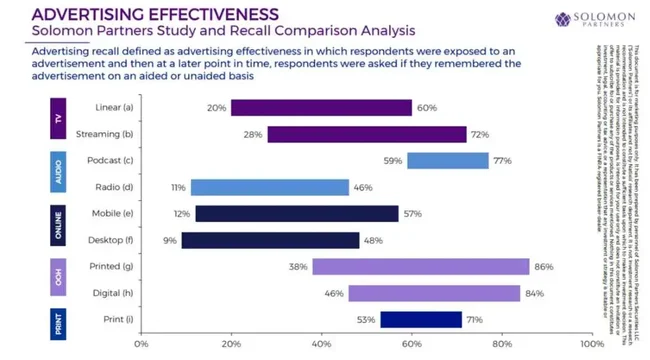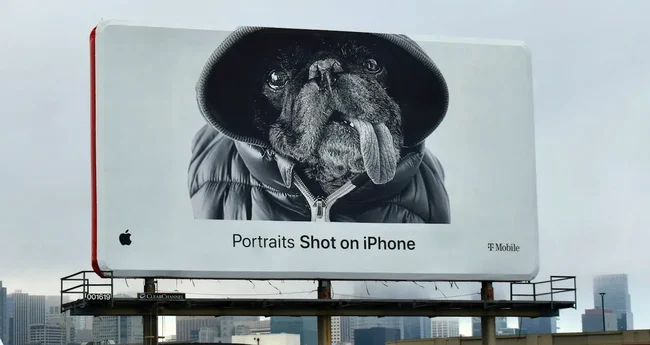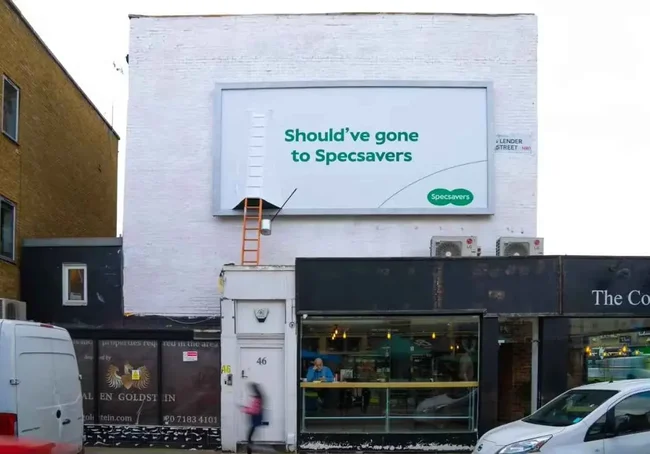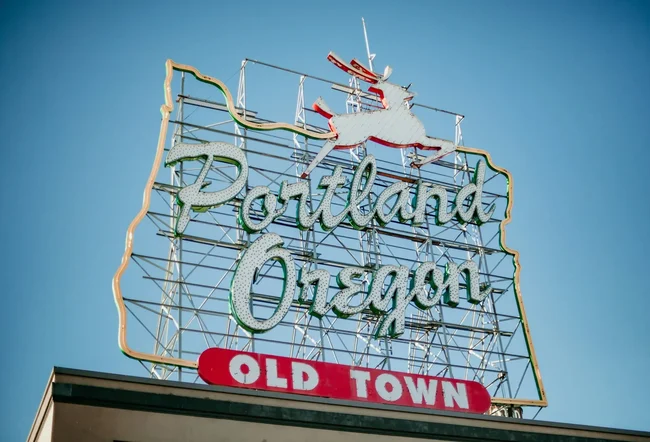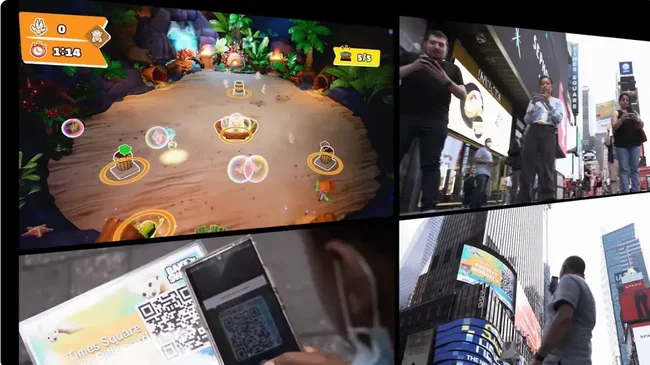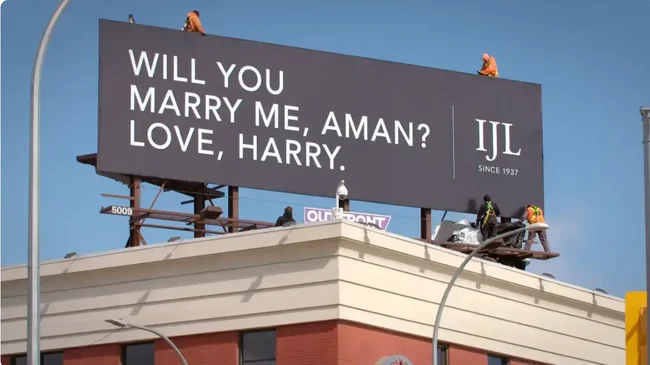Ever driven past a billboard that made you laugh, think, or crave a specific product? That’s the power of effective billboard advertising. In today’s digital age, you might be surprised that these giant roadside signs are still a powerful marketing tool.
This article, initially published by HubSpot, dives deep into billboard advertising, exploring successful strategies to grab attention, maximize brand exposure for your business, and showcase real-world examples of billboards that get results. Whether you regularly invest in billboard advertising as part of your strategy, or not, this informative article is worth your time:
Rule the Streets: How to Create a Billboard Advertising Strategy That Grabs Attention
Written by: Allie Decker
Whether commuting by car, bus, or train, I find myself watching the world — and billboard ads — go by. Billboard advertising has come a long way, from signs painted on barn roofs to sleek, powerful advertisements and multimedia sensations.
Billboard advertising isn’t your typical inbound marketing strategy. It relies on the customer coming to the ad instead of sending it to the customer. However, I find it’s a powerful way to build brand awareness, support other marketing channels like blogging, online lead offers, and SEO, and reach new audiences.
I’ll share everything I know about billboard advertising in this article, including my secret weapon for low-cost billboard advertising, to help you maximize your out-of-home (OOH) marketing efforts.
Billboard locations are based on traffic — how many people will see the billboard — and are usually located beside busy roads, at offramps, near train stations, and in cities where many people pass by them daily.
Billboards are examples of out-of-home (OOH) advertising, similar to bus shelters, wallscapes, and posters.
Overall, billboards tend to have more views (impressions) than other marketing methods due to high-traffic locations, making billboard advertising great for brand awareness.
Types of Billboards
Today’s billboards are far more than just large signs on poles. There are five major types of billboards you can use in your OOH marketing campaigns, and some billboards cross categories.
1. Static Billboards
These are the classic, large outdoor advertising displays you see along highways and busy urban areas. They feature a single, unchanging image or message.
Older billboards used to be hand-painted, but today’s static billboards are usually preprinted and pasted on in sections similar to wallpaper or printed on large vinyl sheets (often called vinyl billboards) and stretched across the sign for a smooth look. However, some static billboards are more creative in design.
Static billboards are effective for brand awareness and long-term advertising campaigns. They provide a constant visual presence that can reinforce your brand message over time. Some have even become protected landmarks, like the Pepsi-Cola sign in Queens.
2. Digital Billboards
Digital billboards are a dynamic form of outdoor advertising. Unlike static billboards, they use LED screens to display multiple eye-catching ads that include animations, changing images, videos, and even live updates.
My favorite feature of digital billboards is the ability to change the message quickly. If I need to update my ad or run a time-sensitive campaign, digital billboards make it possible without the hassle and cost of printing new materials. This flexibility is invaluable for promotions, special events, or providing real-time information.
3. Three-Dimensional (3D) Billboards
Three-dimensional billboards incorporate 3D elements like special effects to create a more immersive experience for viewers. While digital billboards create 3D effects through visual illusion, there are also physical 3D billboards with sculptural pieces (static or animated) added to them for more interest.
This heightened level of engagement is perfect for brand awareness campaigns, product launches, or any advertisement where you want to make a lasting impression.
4. Mobile Billboards
Mobile billboards display ads on moving vehicles like trucks, buses, or cars. They take the message directly to the audience by traveling through various routes, which offers more reach than stationary billboards and puts the messaging at eye level.
One thing I love about these billboards is that you can use them to target specific areas or demographic groups. For instance, if I want to reach a particular neighborhood, I can schedule my mobile billboard to travel through those areas at peak times.
5. Interactive Billboards
Interactive billboards grab attention through a sense of novelty and incorporate touch screens, motion sensors, QR codes, augmented reality, and even smell to create a participatory experience for viewers.
Unlike passive traditional billboards, I can use interactive billboards to invite people to engage directly with my ads with real-time feedback and a multi-sensory experience that can leave a lasting impression on passersby.
Scented billboards in this category are becoming more common in large cities. Generally, they are placed near restaurants, coffee shops, bakeries, and fast-food chains to draw in consumers with yummy smells. One of the most famous examples is the Smells Like McDonald campaign, where the company used the smell of fries to attract pedestrians.
Fragrance and beauty companies can also leverage these billboards to give potential customers a preview of their latest scents.
Does Billboard Advertising Work?
Digital optical illusion 3D billboards revived interest in billboard advertising. Billboard ads of every type are still effective, even in the age of social media and online digital ads. They have unique features that online ads can’t replace, like:
- Constant visibility. Unlike online digital ads that I can block or skip, billboards are always on display, making my message consistently visible to everyone who passes by.
- High reach. Billboards reach a large audience because they’re positioned in high-traffic areas.
- Impactful presence. Billboards’ sheer size and bold designs make them stand out in busy environments and create lasting impressions on viewers.
- Geographic targeting. I can choose prime locations that align with my target audience’s daily routes to maximize engagement. For example, “exit now for” messages near offramps to my stores.
Mark Pierce, CEO and founding partner of law firm Wyoming Trust and LLC Attorney, shares that billboard ads are highly effective for his firm, “We want to be a name or brand that feels approachable and familiar to our audience without hitting them over the head. Billboards are a low-lift complement to achieving this.”
While billboard rental costs can be higher than digital advertising, they offer many benefits. The scale of the audience alone can significantly boost brand awareness and conversions.
Mia Anderson, a fashion expert and a founder of women’s fashion brand ChicSew, notes that “These campaigns often lead to an uptick in sales and customer inquiries, indicating that billboards effectively generate interest and drive consumer action.”
Further, she sees an increase in in-store foot traffic quickly following the launch of her billboard campaigns.
